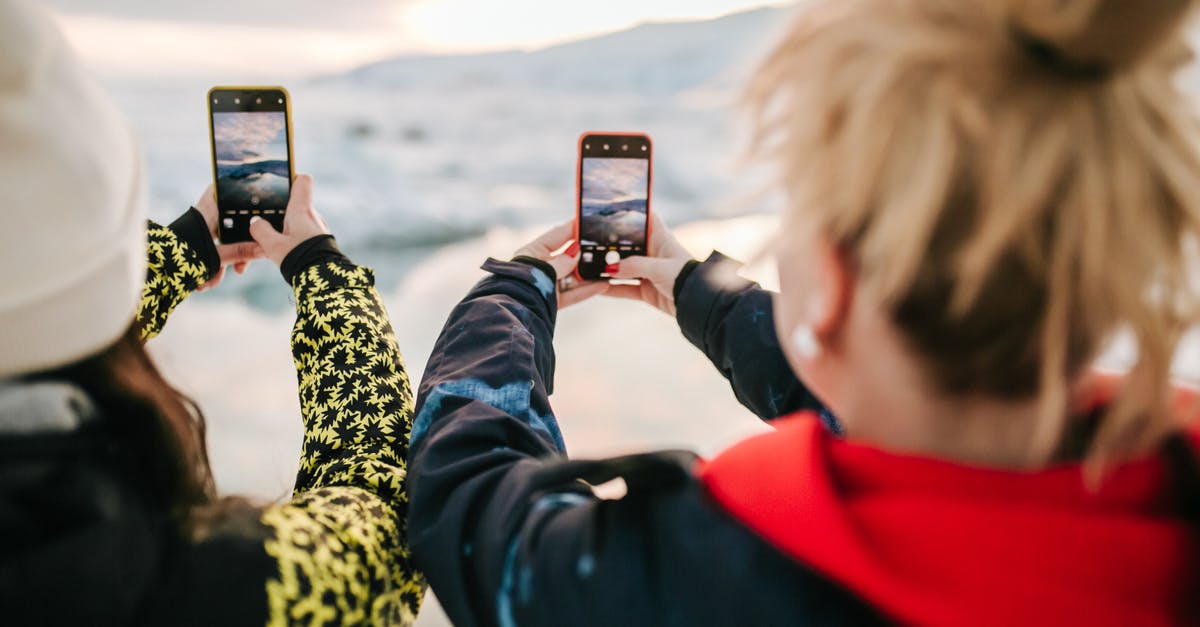How many smartphones can I take on an airplane?

I'm a software developer and I need multiple different mobile devices for testing and debugging purposes. I also work on-the-go sometimes, so this is important. Furthermore, not everything can be tested on an emulator, so actual hardware devices are needed in certain cases.
So, is there any limit on how many phones one can carry on an airplane in their cabin baggage? Will I successfully go through security and customs with, say, five phones, a tablet, and a laptop? They're all different and not new. Does that depend on my origin and/or destination airport/country? Will I be required to prove somehow that I actually need these, and if yes, how?
Best Answer
There are three concerns: 1) terrorism; 2) export/import limitations; and 3) the fire hazard from the lithium contained in the cell phone and laptop batteries.
Terrorism: the difficulty of addressing terrorism is that the level of screening and scrutiny is often arbitrary depending on the current political climate and the capriciousness of the security agent screening your baggage.
Export/import limitations: In most cases, you need to prove that you are carrying the devices for your own personal use and not for resale. As long as the devices are unboxed and in 'used' condition, this shouldn't be difficult.
Fire hazard: I'll mainly address the latter concern regarding the FAA rules on fire hazard.
FAA regulations do not limit the quantity of small lithium cells/batteries carried on board by passengers although they do limit the maximum size (capacity) of larger cells/batteries - such as those used in power wheelchairs and high-powered camera equipment (studio flashes).
However, the batteries must be enclosed in the devices and the devices must be for personal use (and not, for example, for resale) and so you might have trouble convincing the pilot/TSA/flight attendants that you have (say) ten phones for truly personal use.
But five cellphones is actually pretty reasonable by international standards as you might need to swap sims between different phones as you travel between different countries.
(A) The battery must be removed from the wheelchair or other mobility aid according to instructions provided by the wheelchair or other mobility aid owner or its manufacturer;
(B) The battery must be carried in carry-on baggage only;
(C) Battery terminals must be protected from short circuits (by placement in original retail packaging or otherwise insulating the terminal e.g. by taping over exposed terminals or placing each battery in a separate plastic bag or protective pouch);
(D) The battery must not exceed 300 Watt-hour (Wh); and
(E) A maximum of one spare battery not exceeding 300 Wh or two spares not exceeding 160 Wh each may be carried;
(vi) The pilot-in-command is advised either orally or in writing, prior to departure, as to the location of the lithium ion battery or batteries aboard the aircraft.
(18) Except as provided in §173.21 of this subchapter, portable electronic devices (e.g., watches, calculating machines, cameras, cellular phones, laptop and notebook computers, camcorders, medical devices etc.) containing dry cells or dry batteries (including lithium cells or batteries) and spare dry cells or batteries for these devices, when carried by passengers or crew members for personal use. Portable electronic devices powered by lithium batteries may be carried in either checked or carry-on baggage. Spare lithium batteries must be carried in carry-on baggage only. Each installed or spare lithium battery must be of a type proven to meet the requirements of each test in the UN Manual of Tests and Criteria, Part III, Sub-section 38.3 and each spare lithium battery must be individually protected so as to prevent short circuits (e.g., by placement in original retail packaging, by otherwise insulating terminals by taping over exposed terminals, or placing each battery in a separate plastic bag or protective pouch). In addition, each installed or spare lithium battery must not exceed the following:
(i) For a lithium metal battery, a lithium content of not more than 2 grams per battery; or
(ii) For a lithium ion battery, the Watt-hour rating must not exceed 100 Wh. With the approval of the operator, portable electronic devices may contain lithium ion batteries exceeding 100 Wh, but not exceeding 160 Wh and no more than two individually protected lithium ion batteries each exceeding 100 Wh, but not exceeding 160 Wh, may be carried per person as spare batteries in carry-on baggage.
(iii) For a non-spillable battery, the battery and equipment must conform to §173.159a(d). Each battery must not exceed a voltage greater than 12 volts and a watt-hour rating of not more than 100 Wh. No more than two individually protected spare batteries may be carried. Such equipment and spare batteries must be carried in checked or carry-on baggage.
(iv) Articles containing lithium metal or lithium ion cells or batteries the primary purpose of which is to provide power to another device must be carried as spare batteries in accordance with the provisions of this paragraph.
(19) Except as provided in §173.21 of this subchapter, battery-powered portable electronic smoking devices (e.g., e-cigarettes, e-cigs, e-cigars, e-pipes, e-hookahs, personal vaporizers, electronic nicotine delivery systems) when carried by passengers or crewmembers for personal use must be carried on one's person or in carry-on baggage only. Spare lithium batteries must be individually protected so as to prevent short circuits (by placement in original retail packaging or by otherwise insulating terminals, e.g., by taping over exposed terminals or placing each battery in a separate plastic bag or protective pouch). Each lithium battery must be of a type which meets the requirements of each test in the UN Manual of Tests and Criteria, Part III, Sub-section 38.3. Recharging of the devices and/or the batteries on board the aircraft is not permitted. Each battery must not exceed the following:
(i) For lithium metal batteries, a lithium content of 2 grams; or
(ii) For lithium ion batteries, a Watt-hour rating of 100 Wh.
The IATA has similar regulations with similar restrictions:
2.3.5.9 Portable Electronic Devices (including medical devices) containing Batteries 2.3.5.9.1 Portable electronic devices (including medical devices) (such as watches, calculating machines, cameras, cellular phones, lap-top computers, camcorders, etc.) containing batteries when carried by passengers or crew for personal use, which should be carried in carry-on baggage. (APCS/Cargo 15/12/2014 IATA Lithium Battery Guidance Document - 2014 Page 12)
Pictures about "How many smartphones can I take on an airplane?"



Why Can't You Use Phones on Planes?
More answers regarding how many smartphones can I take on an airplane?
Answer 2
I am going to give you a different take on this question. It is in your question (customs) and seems to be overlooked in most answers.
It is not really about planes, batteries, safety, or how big your bag is, it is mostly about the law of the departure and destination countries (not usually transit countries). Many countries prohibit what you can bring in to a country so yes it differs by country. Not only this but I know in Latin America that virtually no country exists that would allow you to bring this much (not just technically but actually legally).
My expertise is Ecuador.
Ecuadorian limits on bringing electronics into Ecuador are strict and enforced and you could not bring this many items in, and your carry on and regular bags are scanned on arrival.
From Ecuador Customs Sheet.
Travelers or head of household may enter up to two (2) additional units, one (1) new and one (1) used, of the following portable articles:
Photographic camera, video camera, mobile telephone, electronic agenda, portable or non portable video game, electronic calculator, portable computer and its accessories (mouse, headphone, keyboard and other).
Also, all travelers or head of household may enter up to one unit (1) new or used, of the following:
Portable image reproducer, sound or video player, portable television up to 21 inches. Desktop and its accessories (mouse, headphones, camera, keyboard and other). Prismatic equipment, projector, monitor up to 21 inches and telephone, printer or fax.
I think laptops will be considered portable computers and electronic agendas are those digital electronic organizer things business-like people used to use, I think they were called Palms.
Answer 3
You're overlooking something huge.
You need the phones to do your job. To engage in employment.
Some countries have a big problem with that, depending on your visa.
It comes down to that country's treatment of digital nomads. That's when you're an American working for a USA company, your desk, manager and division are in Chicago, you deal with US customers, get a USD-denominated paycheck with a US address wired into a US bank... and you're surfing the WiFi at a Tim Horton's in Canada.
By example, I hear Canada is happy with digital nomads, and UK is not. Say "need em for work" at the wrong customs desk and they'll cancel your visa and send you home.
Sources: Stack Exchange - This article follows the attribution requirements of Stack Exchange and is licensed under CC BY-SA 3.0.
Images: Felicity Tai, Felicity Tai, Khoa Võ, Rabia
